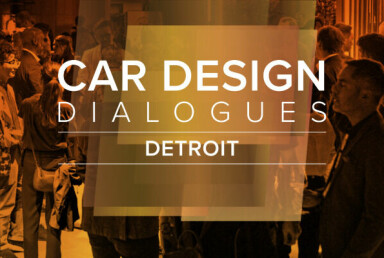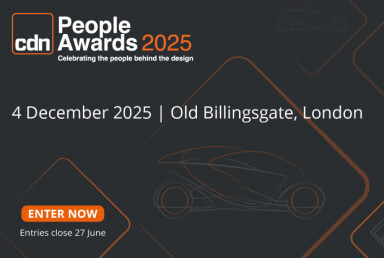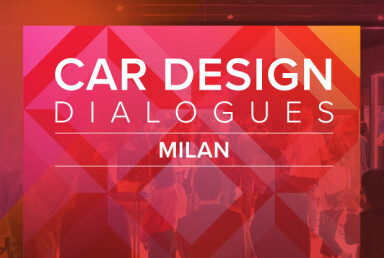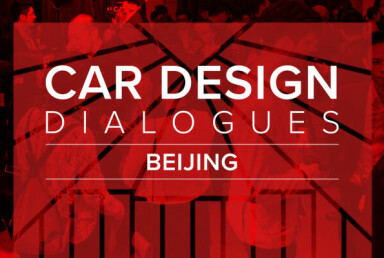Bentley's new studio
Delayed gratification: Bentley's new studio
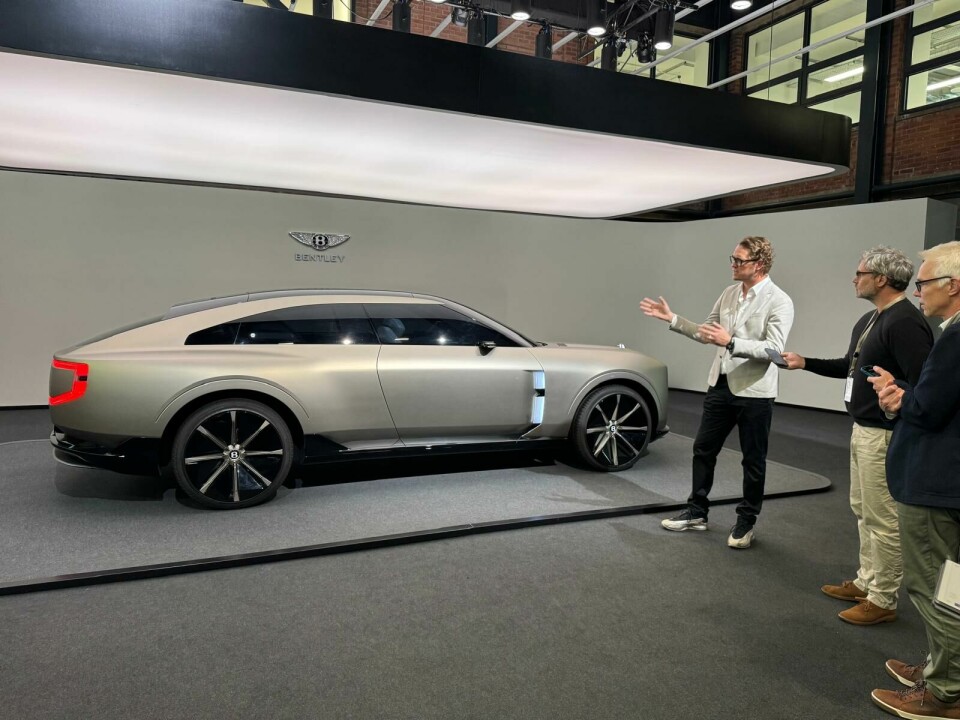
Bentley's design team has been waiting a long time for a new studio. Turns out, it was worth it
Twenty-five years is a long time in car design. Around the time the Bentley Arnage was rolling off the production line, the creatives behind that big brutal beast was promised a new state-of-the-art studio.
The brand has moved on since the Arnage, but the design team, until summer 2025, had not, remaining holed up in a studio affectionately nicknamed “the shed.” While understandable, it is a headache to move studios while still maintaining creative output for a market that only seems to speed up. Nevertheless, it was long overdue.
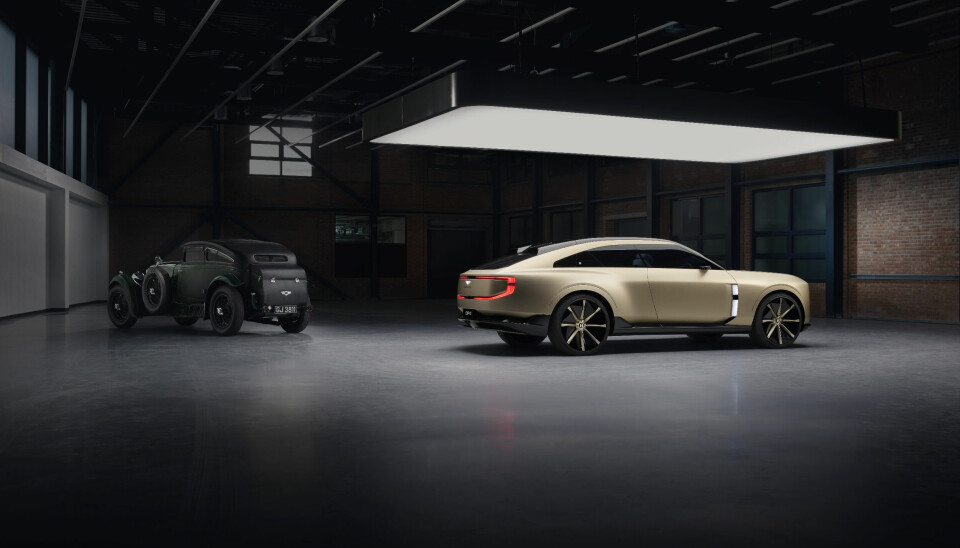
Designers are, as anyone in the industry will tell you, facing unprecedented changes to their profession. A new stage needs all the technological whistles and bells, even if the key cast members, in Bentley’s case, remain the same. That isn't a bad thing, quite the opposite. The British brand has a way of inspiring loyalty among its team like few others, and the patience of those long-standing talents has finally been rewarded.
The new studio occupies the old ‘front of house’ building on the carmaker's sprawling Crewe campus. The building dates back to 1939 with the grand facade being restored and adorned with the new Bentley Wings emblem. It is a creative conflation of old and new. While the original brass stairwell has been carefully revived, there is an all-new third floor with a viewing deck where cars can be presented and viewed in natural light.
The new studio offers twice the space of the old one, with clay modelling on the ground floor and less messy creative teams on first and second floors above. Team strength sits at 50 currently and collaboration is the watchword: for the very first time designers from colour and trim, Bentley’s bespoke division, Mulliner and UX/UI, will sit under one roof.
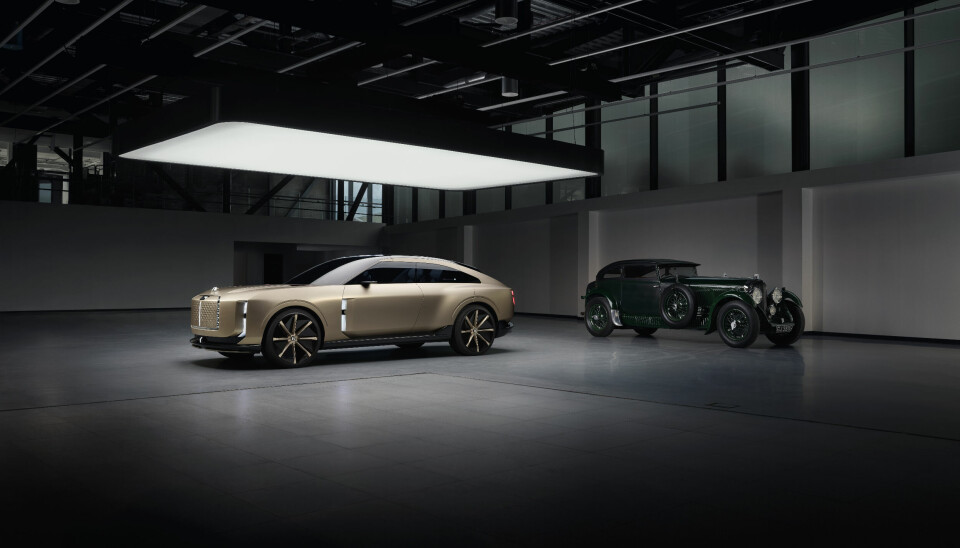
For design director Robin Page, the new facility, which was on the cards during his first tenure at the brand, has added poignancy. “Returning to Bentley has felt like a full-circle moment. I started here in 1995, and my new office is actually the old boardroom, the same room where, as a young designer, I sat nervously in front of the leadership team. Now, working from that space, and helping to lead Bentley into its next era, is quite special.”
Car Design News visited Page and his team for the studio opening and the unveiling of the hugely significant EXP 15 concept, which is inspired by the legendary Bentley Six-Speed that then chairman Woolff Barnato raced against the Cannes-to-Calais Blue Train. Page, ever generous, adapted the clay-modelling hall to show off the various design disciplines that go into creating a Bentley. And so, the unwieldy assemblage of journalists and the odd influencers were treated to a series of workshops focusing on sound, UX, materials plus the exterior and interior design work on the new concept. CDN spoke to and listened to some of the voices championed on the day, relayed below by the design team themselves.
Robin Page on:
The purpose of Bentley’s EXP 15 concept
“This concept helps us create a vision of a car and play out the design principles; it's those principles that you'll see then on our future products. It's an exercise that really helps inspire and get the brain energised about creating new ideas. You can see that from the experience we've just gone through (referring to the workshops). We've got lots of storytelling ideas, which will develop and hopefully we'll see some in future products.
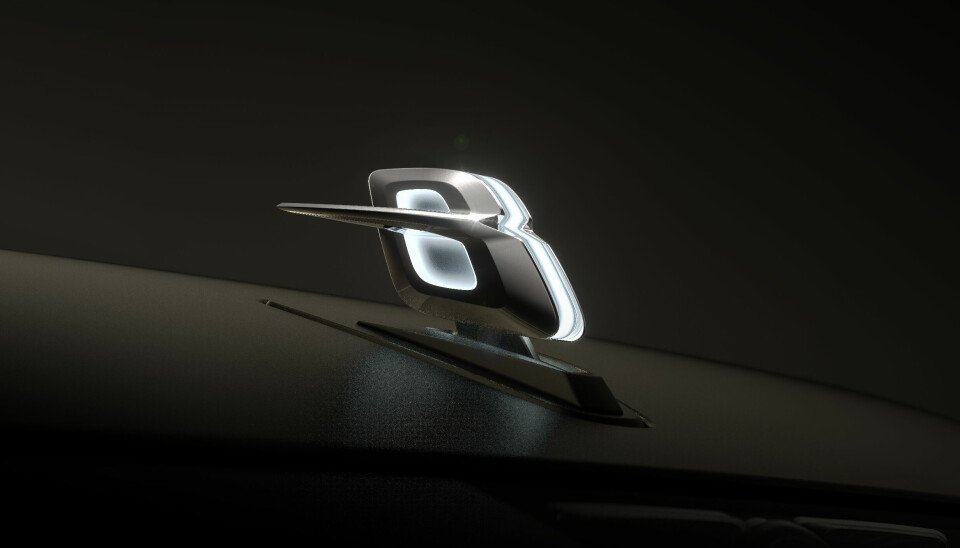
But really this concept is about communicating the design principles. And that means we have consistency in our DNA, that design language going forward. With the new studio and new emblem, this is a chance for us to do this more modern, progressive design language. I think we will really move the brand on in terms of inspiring our customers, but also attracting new ones.”
Similarities with the Jaguar Type 00
“The Jaguar is a very different size car and they follow their British heritage principles. Generally speaking, in the design world we follow design inspirations and trends. More modern surfacing, cleaner design is definitely a trend. We've seen throughout automotive design history that there's always a level of trend going on at the time. For us, we've got a great car to reference in terms of our iconic Blue Train. The proportions of this car are different, the size of it is completely different to a Jaguar and the interior is as well. Of course, we're all going for that modern, clean language that's attractive to the next generation.”

On sedans
“Sedans are an interesting area for us because that's probably the vehicle type where customer experience expectations are changing. That's why we came with this elevated car. The Blue Train was, for its time, a very elevated car and the EXP 15 is true to the scale of it, but also true to how we use cars as well. This whole idea of three doors with the art of arrival, tailgating, and an open cabin. These are all questions that are really interesting for us to ask our customers. From that we will then work out the way forward.”
Domen Rucigaj, head of exterior design walks through the EXP 15 concept
“As Robin mentioned earlier, principles are very important for us in exterior design. Our number one rule is to find the best proportions. We always start with proportion, proportion, proportion. For example, the first concept Bentley did was the Blue Train — in terms of proportion, that car has the best ratio. Every Bentley follows the ratio of one-third cabin to two-thirds body: the resting beast. You see this in the shoulder line and, of course, the endless bonnet line, inspired by the Blue Train, but interpreted in a modern way.
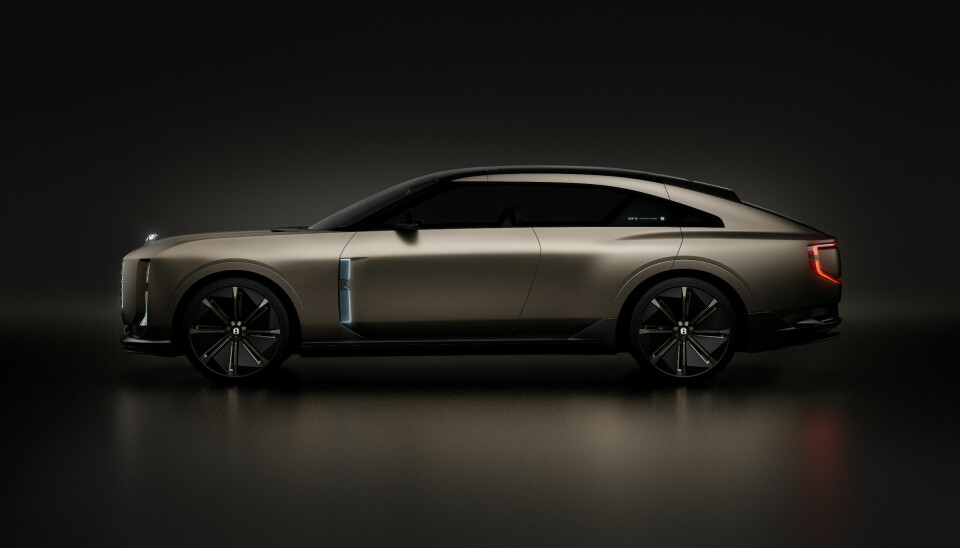
We made the car super modern by designing this front glass you see wrapping around the cabin. On this side, it’s a three-door car, so there’s only a coupe door for the driver. On the other side there is a suicide door in the back and a normal front door, giving customers a unique arrival experience.
If you look at the front, we completely modernised the brand. The grille is the heart of Bentley, so we gave it space to dominate. We pushed the lights to the corners, so the grille remains the main feature. We have a strong central spine on the front that gives authority, stability, and a modern look. There’s an illuminated badge up front, and a brand-new flying ‘B’ bonnet ornament on top.

The lights are all new — we went from horizontal to vertical lamps. Why? Because we looked back into our heritage. Cars like the Continental R and the S1 and S2 had vertical lights. The interior designers studied the light details in those heritage cars too. You see this vertical lamp concept here, inspired also by how the Blue Train’s wheel arches were cut. Inside the lamps, we have high modules hidden behind for a fresh look with upright elegance. On the bonnet, we added a leather stripe — a nod to the 1920s when engines were strapped down with leather. It’s a subtle way to connect heritage with a modern car.
At the side, Robin talked about how the light penetrates from the front to the side. That blade on the side gives you a directional cue of where the car ‘stands’ and also projects animations onto the ground when you approach. On this side, the four-door setup has a suicide rear door that opens opposite to the front door, creating an elegant arrival sequence.
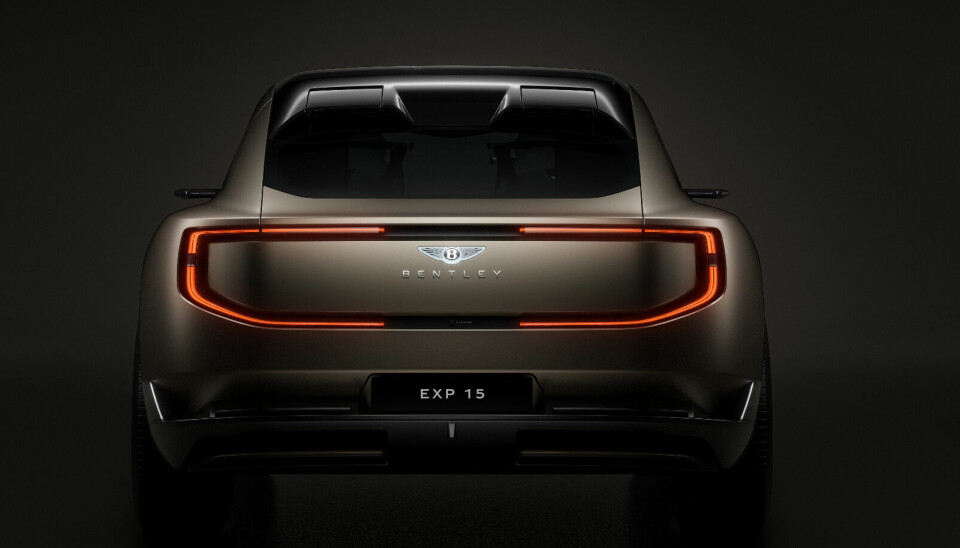
Moving to the back, the rear is crucial because people often see the car from behind on highways. We wanted a clean look, so we removed most shut lines — there’s only one on the top where the boot opens. The rear drops down with the seats. The tail lamps have precise, crystal-like two-layer lights that add depth.
We also integrated a ‘B’ signature, the iconic Bentley heritage detail, inside the tail lamps. And as a cherry on top, we put the Bentley emblem inside the lamp itself. We worked closely with aerodynamics for active aero at the rear — these elements move depending on speed to improve range. So that’s the exterior of the new EXP 15.”
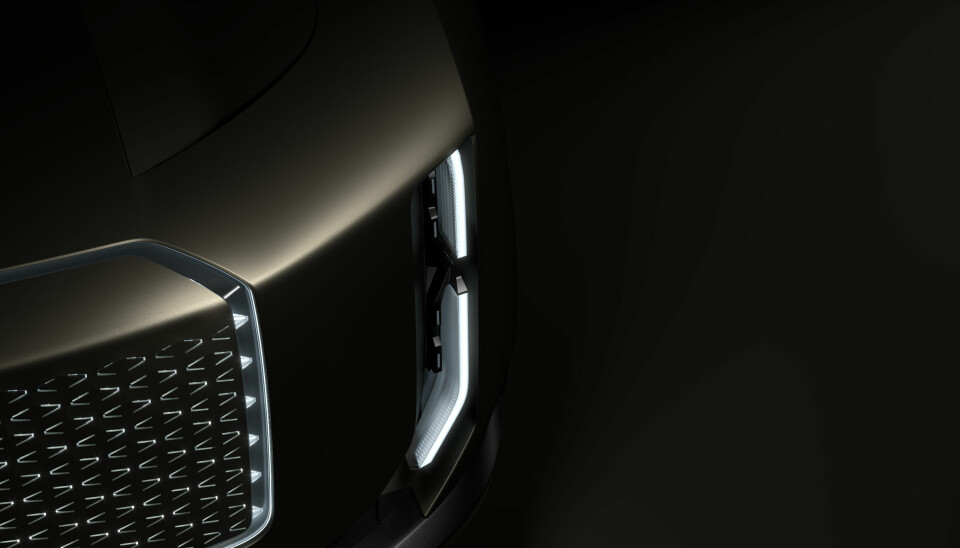
Darren Day, head of interiors talks through the virtual interior
“Let me introduce a couple of guys from my team. Fred Dams is my advanced design manager — he works with me on all our advanced concepts, including EXP 15. Together, we’re trying to use modern tech and thinking in a progressive design language that will run from our concepts into our future production cars. Benjamin Pérot is the design manager for Mulliner, bringing all the craftsmanship and attention to detail Bentley is known for into the concept’s interior.
What you’re seeing here is a unique interior created by different designers with different experiences at Bentley. To show you the interior properly, we’re using virtual reality. We’ll have three volunteers try it out so you can see what they see and I’ll talk you through the stories.
The first thing you notice inside the car is this wonderful dashboard: it looks like Bentley wings spread out in front of you. Robin talked about ‘bold gravitas’ — the strong material presence. You can see that on the doors and throughout the cabin. And in VR, if you move your head closer, you can see the quality of the materials, the stitching — everything feels real.
Behind you, the seats wrap around like a cocoon, giving you security and privacy in the back. It’s a confident place to be. You might have noticed our dog, Woof Barnato — named after our famous CEO — sitting in front. We designed this car inspired by Woolf Barnato's three-seat Blue Train, with three seats to stretch out and relax on any journey.
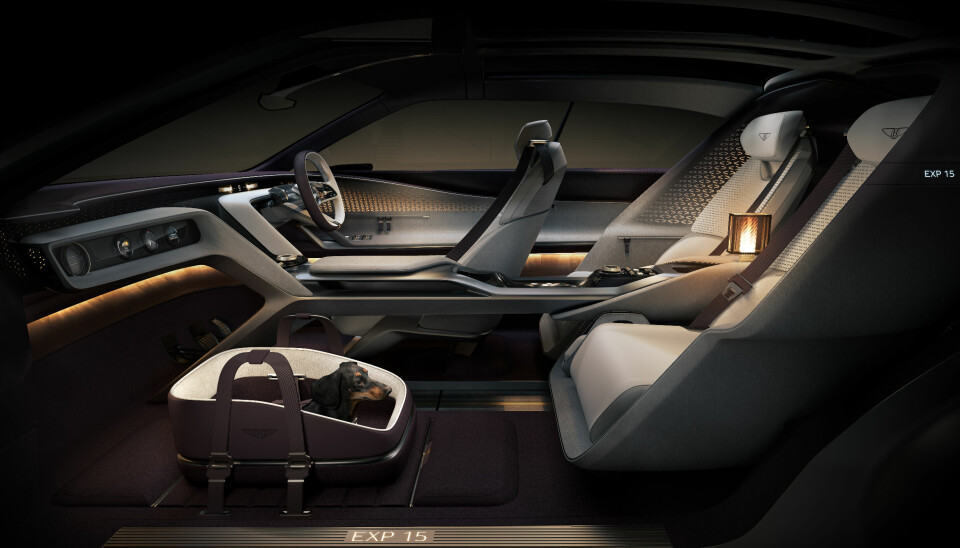
In the back, there’s a dog basket that we can swap for luggage, so you always have access to your belongings. Over your shoulder, you can see the trunk space for more luggage. We thought about every detail — like physical switches to control lamps and other functions — to make the time in the car really enjoyable.
Now, if you move to the passenger side behind the driver, you’ll notice the spacious legroom, even with two seats in the back. The passenger seat reclines fully with footrests, heated massage seats, and even a heated shoe storage compartment under the centre console — perfect for drying and warming your shoes on the go.
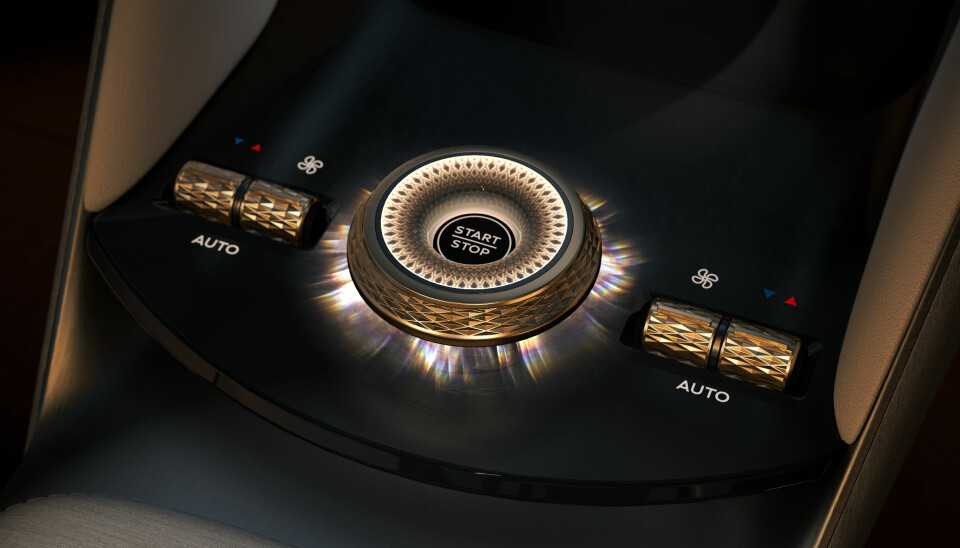
When you sit in the front, you’re behind the steering wheel with beautiful materials wrapping around you, giving a cozy, comforting feel. The transparent screens let you see the wood and leather underneath when they’re off, avoiding the black-screen look common today.
When the car comes to life, the graphics on the screen energise and flow around the cabin. For example, in charge mode, you see petals of a mechanical marvel moving like a wristwatch, with augmented reality showing charging status. It’s a magical fusion of tech and craftsmanship.
The three-seat layout is interesting: two in the back, one in the front right now. The rear seats can slide forward so you can sit next to the driver and interact during long journeys. The front passenger seat features a modern interpretation of the rotating screen, which in our current GT can rotate to show just the wood veneer. In the future, this will show auxiliary instruments like ETA, weather, or music info — and can even play video content like YouTube, movies, or video calls.
VR lets us do storytelling with no physical limits — for instance, we can move the seat all the way back virtually, so you can experience the rear mechanical marble and controls.
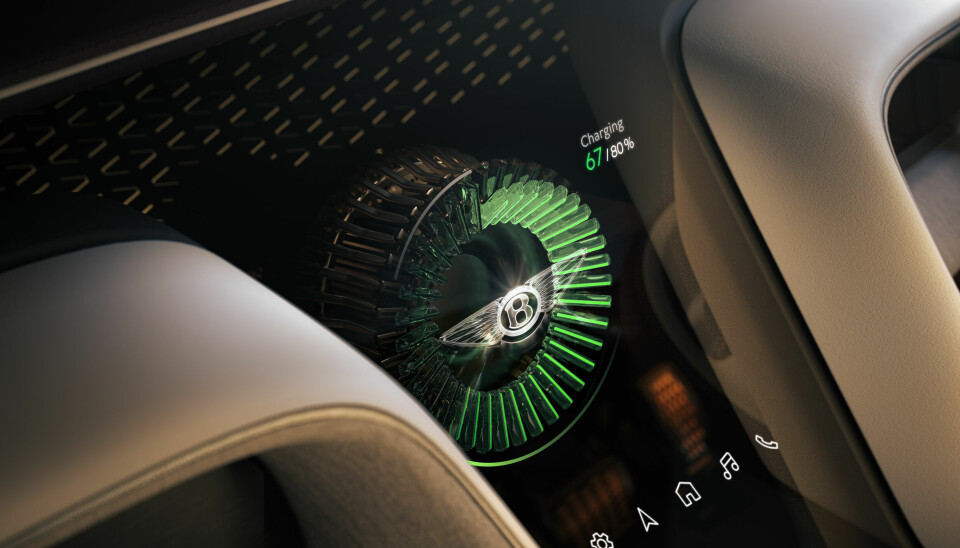
When you arrive at your destination, it’s all about arrival style. We designed the car with two doors on one side — a coach door and a conventional door. When the doors open, the roof rises to give you headroom, the glass drops down, and a digital red carpet lights the ground. The seat moves out to help you step out with dignity. The Bentley logo is behind you — the perfect Instagram moment.
We even thought about practical things — there’s a handbag holder right by your hand so you can grab your bag and step out easily. This is perfect for racing events or other occasions where arriving in style matters. The best part of VR is that it lets us time travel and teleport, so now we’ll move you to the back of the car.
Here, the lovely thing is that we’ve created an experience where you can sit at the back of the car, enjoy the party, and meet friends.
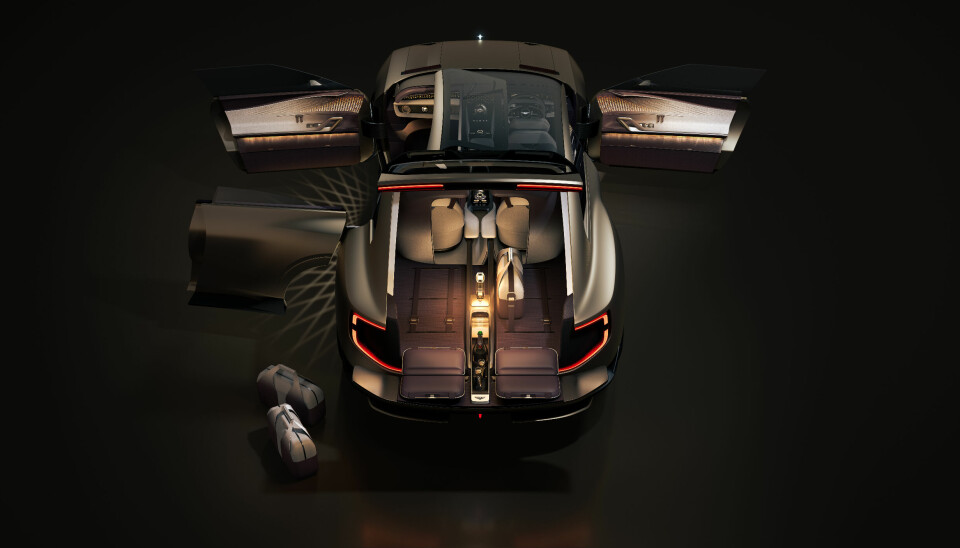
The tailgate opens, the prestigious shield drops down, and there are a couple of heated seats you can sit on. We can bring the lamp into the back environment so you get that cozy feeling of being with your friends.
We can pop some virtual champagne and you can sit on the back of the seat and enjoy that view, enjoy your time with your friends, pop the bags back into the boot, and you’re ready for the next leg of your journey in luxury, in style. That’s what we think an extraordinary journey in a Bentley should be like.
Lauren Lowe, UX designer, shares how Bentley blends physical and digital
I am part of the User Interface team here at Bentley, and I’m really happy to show you this beautiful crystal today. As Robin mentioned, this was made by Cumbria Crystal in the Lake District, known for their traditional methods: hand-blown, hand-cut crystal objects like this one, bespoke for Bentley. This unique Toblerone shape is one of two they made for us. You can see the diamond pattern cut on one side.
The idea behind the EXP 15 was to blend physical and digital seamlessly. This crystal is one example of that, and you’ll see other examples as we walk around the studio. When I shine this light through the crystal, you can see the intricate pattern projected not only on the surface here but also digitally on the screen.
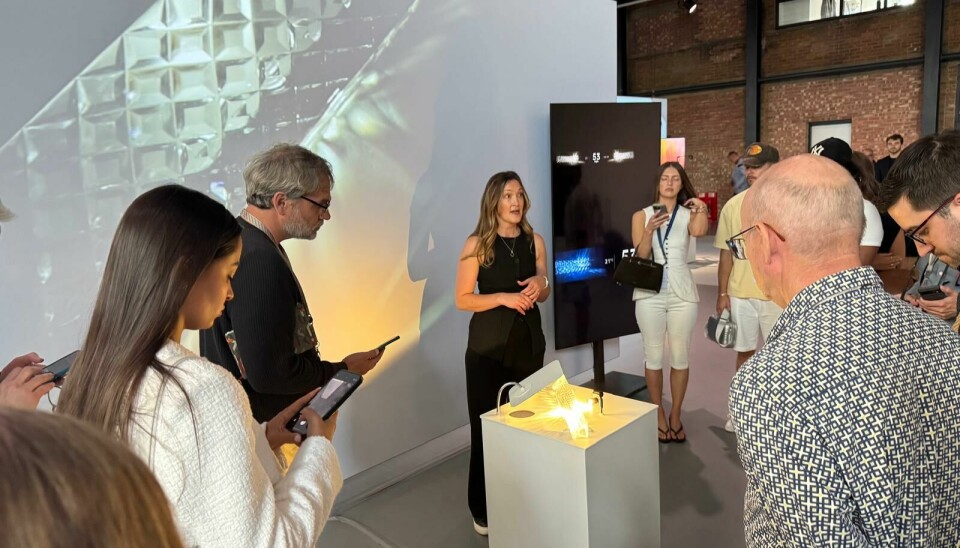
This digital light capture is used in the Comet line: the light moves dynamically through the crystal, responding to the driver’s input. All the light refractions and shadows you see moving through the crystal have been captured digitally.
Because this crystal is handcrafted, it has natural imperfections — little bubbles, dust, minor cracks, and raw edges that haven’t been polished. These chips and imperfections are a natural part of handmade craftsmanship.
You might wonder why we didn’t polish it to perfection. Actually, those imperfections are beneficial for us. When you take a handcrafted physical object and translate it into digital form, a pixel-perfect reproduction can feel artificial. Instead, we want to blend the real, physical craft with digital design.
Unlike many cars filled with perfect screens, Bentley aims to bring our traditional craftsmanship into the digital realm. Those imperfections make the digital experience feel real, physical, and beautiful, just like this object.















